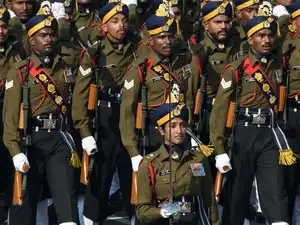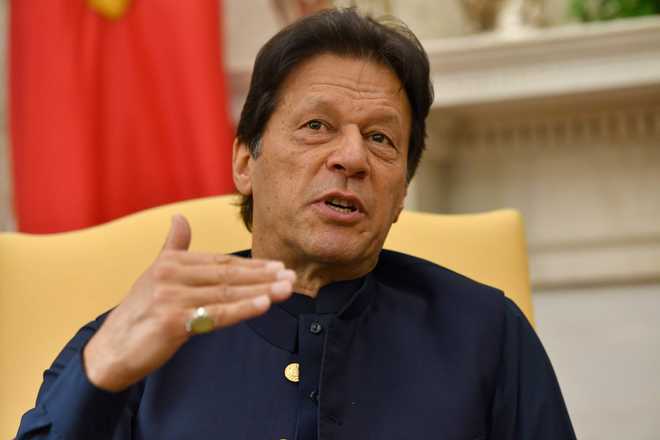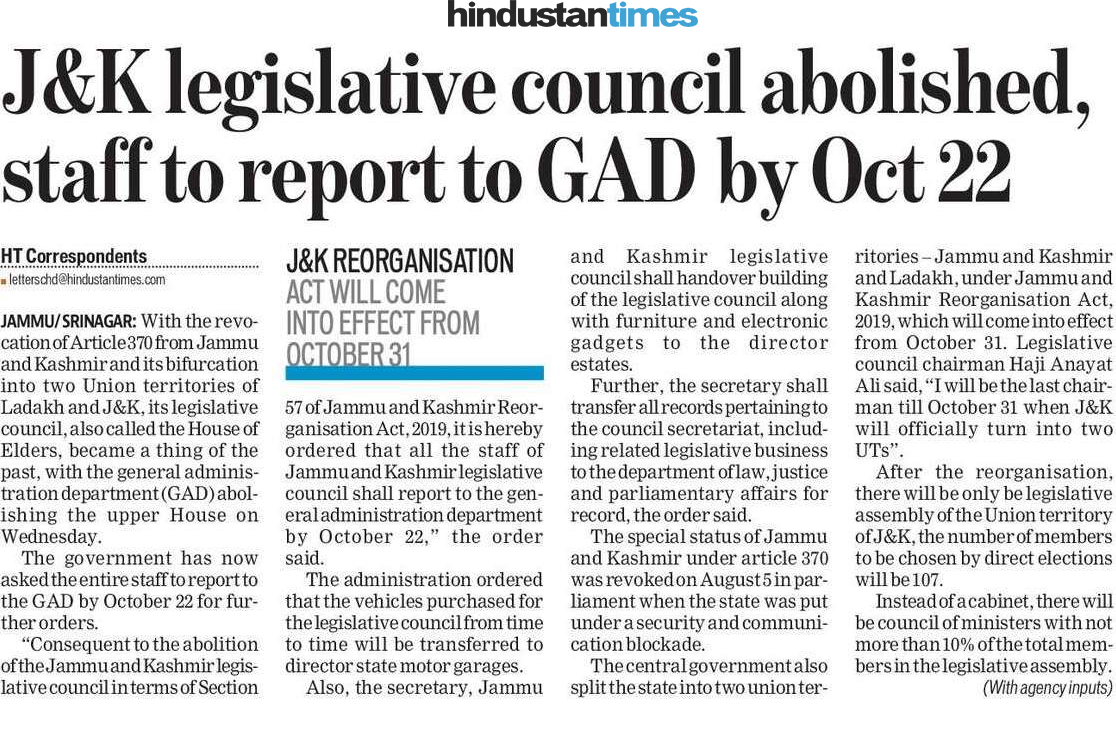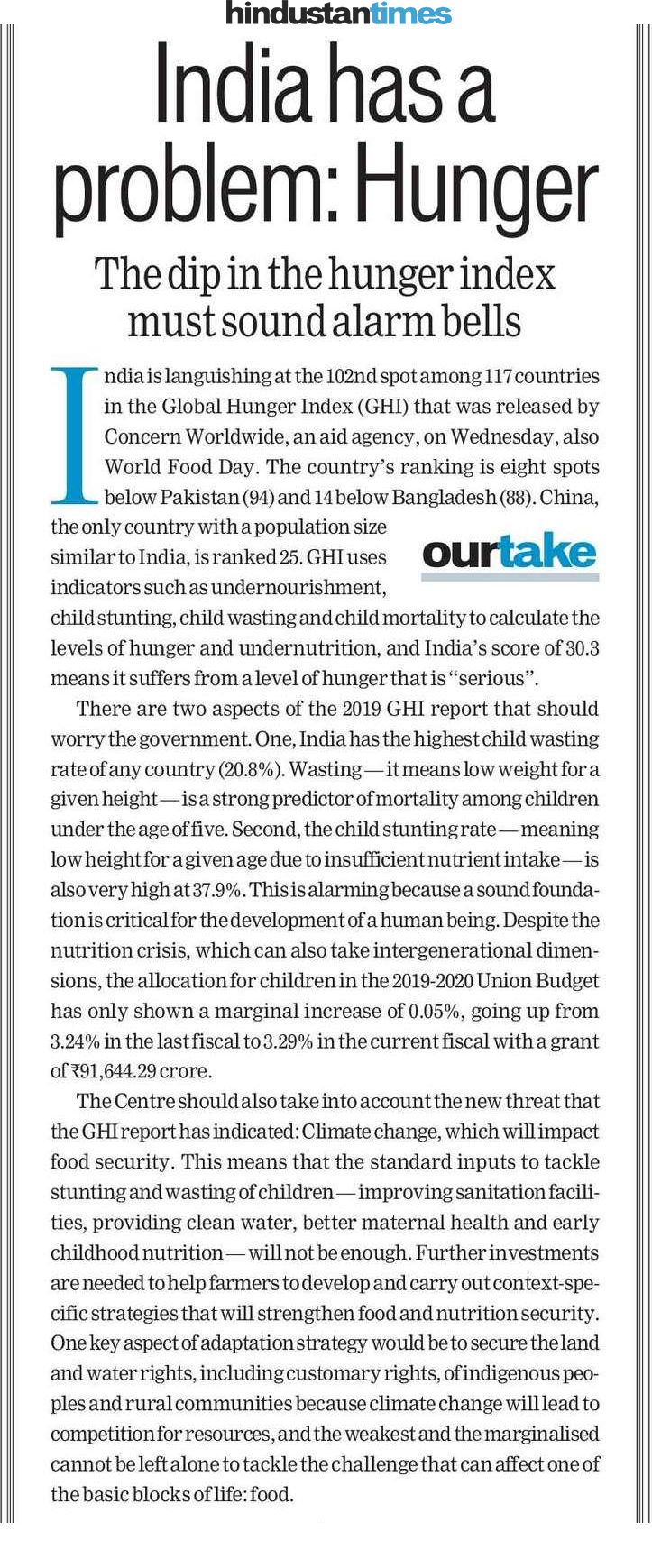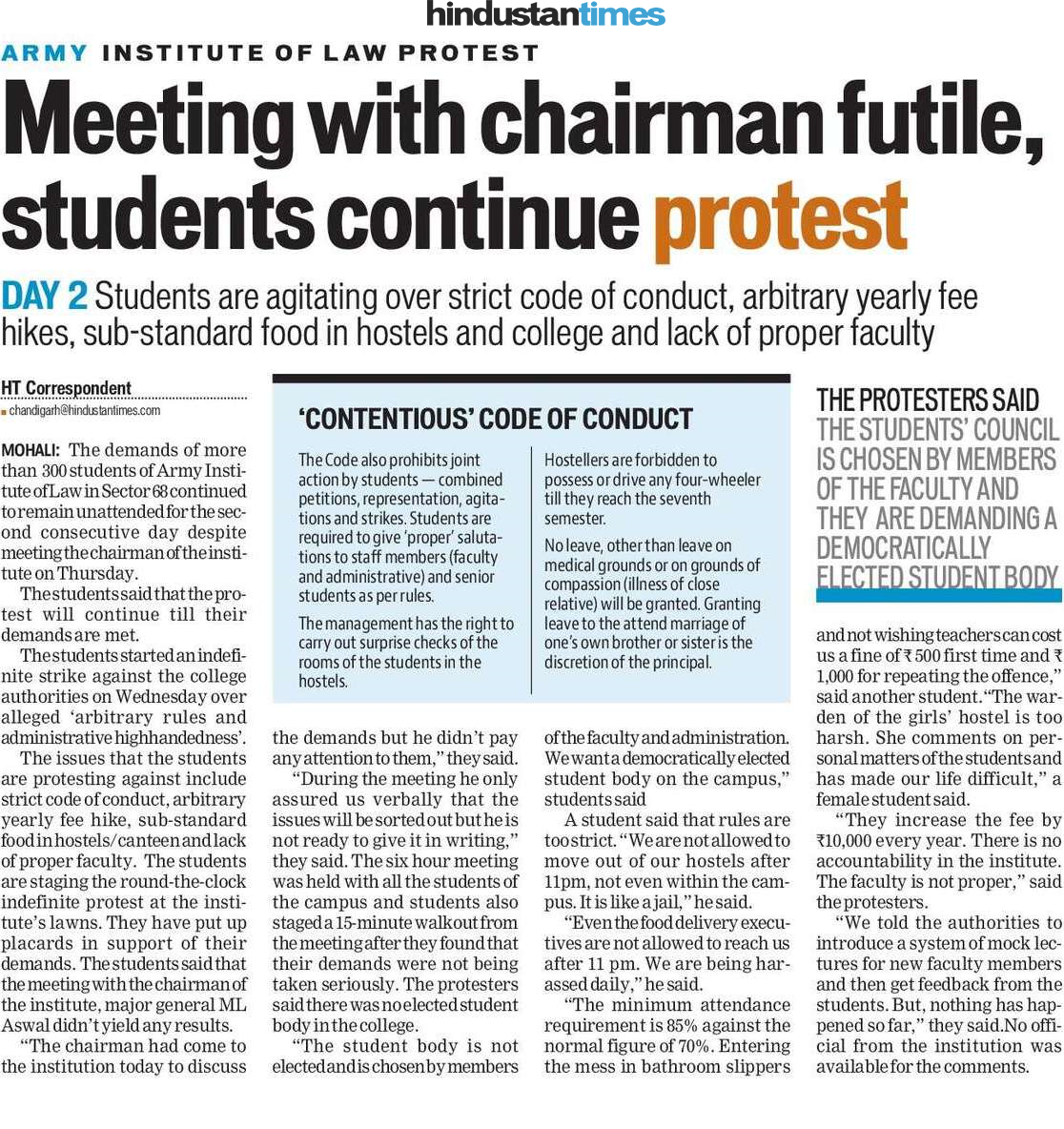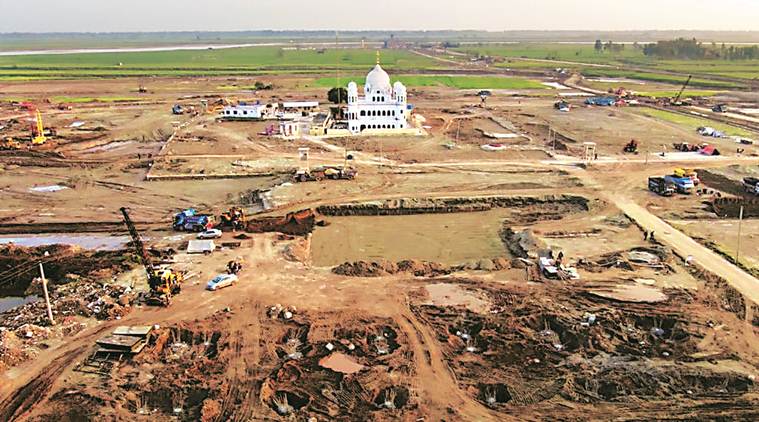
It will be just a small step forward on a long and difficult road, which our two nations can only traverse together if Islamabad gives up its negative posturing vis-a-vis India

My connect with Kartarpur Sahib goes back to my childhood. I still remember how the gurdwara, just about 235 km from my hometown of Patiala (that’s less than the Chandigarh-Delhi distance), was always spoken of with great reverence in our family. Of course, that was majorly because of the historic importance of the site, where Sri Guru Nanak Dev ji died on September 22, 1539. But part of it was also because of the personal connection my family had with the gurdwara, whose present building was built in 1925 at a cost of Rs 1,35,600, donated by Maharaja Bhupindar Singh, the then ruler of Patiala and my grandfather, after the existing structure was ravaged by floods.
The desire to visit the revered gurdwara has always been strong within me. Today, just days before I see the cherished aspiration transform into enviable reality, I bow before the Great Guru for granting me this experience, and that too during his 550th Prakash Purb celebration.
I recall my personal meetings, in my previous term as chief minister, with former Pakistan President, General Pervez Musharraf, during which I had spoken extensively about the deep-rooted urge in every Sikh to visit the historic Kartarpur Sahib Gurdwara. Though he had responded positively to my request, which our former Prime Minister, Dr Manmohan Singh, had also subsequently pursued actively, things did not really move forward till November 2018, when the Government of India conveyed its decision to build the Kartarpur Sahib Corridor from Dera Baba Nanak in Gurdaspur district to the International Border (with Pakistan), in coordination with the Government of Punjab.
It was a momentous day for all of us here in Punjab, and we wasted no time in initiating the process of getting things in place for the construction of the corridor and the infrastructure around it. It took us less than two months to make the land required for the project available to the central government. The work on the corridor (4.190 km) was started on December 13, 2018. In addition, a Passenger Terminal Building Integrated Check Post (ICP) is also being constructed at the International Border in an area of about 50 acres by the Land Port Authority of India (LPAI), which will become operational before the corridor opens for pilgrims.
Working closely with the Centre, my government, I am pleased to state, has ensured that the corridor is ready to be inaugurated by the prime minister on November 9, and to receive the first jatha of pilgrims to Sri Kartarpur Sahib on the same day. That, with the blessings of Wahe Guru, I will have the honour of being a member of this jatha gives me a deep sense of joy and satisfaction.
What makes this achievement truly remarkable is that both India and Pakistan stuck to their deadlines against all odds, in the face of many disturbing and disruptive developments in the last one year, to fulfill their ends of the bargain. This gives me, and I am sure it gives the people of both countries, a powerful sense of optimism about the future.
However, the fructification of this optimism would depend, to a great extent, on how soon, and how effectively, Pakistan leverages the opportunity it has got in the shape of the Kartarpur Corridor. From where I see it, the corridor has the potential to stand out as a historic symbol of peace and hope of a better tomorrow for Indo-Pak relations.
The recent decision of the Union Ministry of Road Transport & Highways to name the stretch from the Indo/Pak Border-Dera Baba Nanak-Amritsar-Tarn Taran-Goindwal Sahib-Kapurthala Sultanpur Lodhi National Highway as “Sri Guru Nanak Dev Ji Marg” in the state of Punjab has further added to the aura of the corridor, which in many ways is a bridge of faith between India and Pakistan.
But the opening of the corridor next month will be just a small step forward on a long and difficult road, which our two nations can only traverse together if Islamabad gives up its negative posturing vis-a-vis India. As long as the Pakistan Army continues to support and sponsor cross-border terrorism, as long as our soldiers are killed by the men from across the border, and as long as the climate of mistrust and fear remains, there can be no real progress in easing the perpetual tension between our countries.
However, with my unwavering faith in the ideology of universal love and tolerance propagated by our revered first Guru, I am strongly of the view that the corridor will eventually pave the way for harmony between our two nations, whose people share common roots and a common aspiration for the future. It is my dream to see India and Pakistan connect with each other at an even deeper level, to walk beyond the 4.5 km of the Kartarpur Corridor and find new ways of burying the past, in my lifetime.
One small way of building on the trust that the corridor promises to nurture between the two countries is for Islamabad to waive the $20 fee it has imposed on pilgrims visiting the revered gurdwara. A gesture like that would really prove that Pakistan respects the sentiments of India’s people, and wants to strengthen people-to-people relations between the two nations.
The corridor, I believe, has shown us that it is more than possible to bridge the differences that have assumed unnaturally grave proportions in these seven decades. All that is needed is the will to do so. Let this corridor, then, become an icon of our collective future, and a beacon to show us the way to do it. Let it be the burial ground for hatred and mistrust, and for all those inimical forces that have obstructed peace between the two nations all these years. Terror and violence have no place in this Corridor of Peace — a truth that I am sure Islamabad realises, and hope it is ready to acknowledge.
What is needed now is the intent to bury the hatchet, which, in the given circumstances, is more the responsibility of Pakistan than of India. And now is the best time for the Imran Khan government to make the next move.
This article first appeared in the print edition on October 30, 2019 under the title ‘Journey to a beginning’. The writer is chief minister of Punjab.





















































